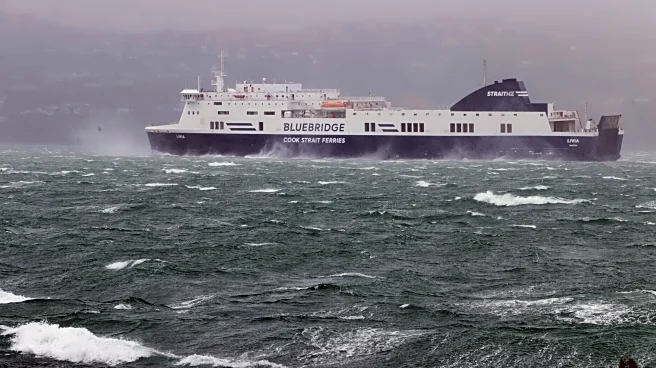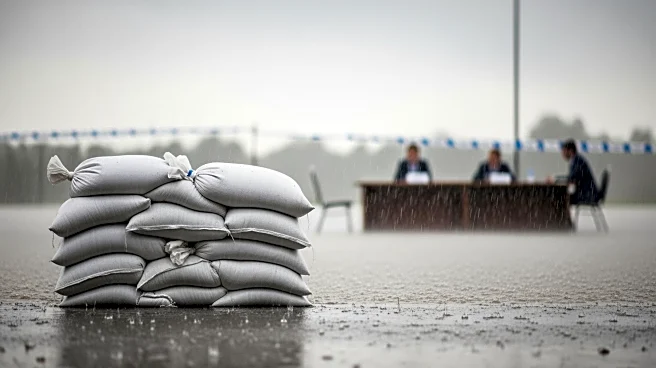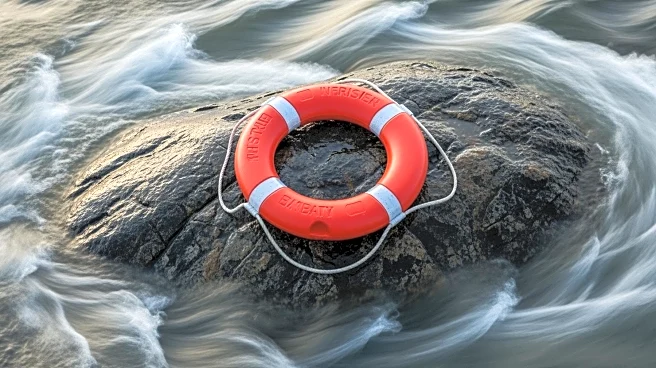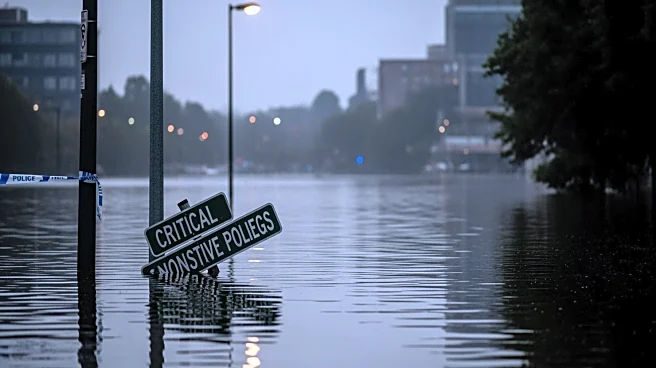What's Happening?
A severe storm in Wellington, New Zealand, resulted in the death of a man who was struck by a tree branch in a city park. The storm brought dangerous winds and heavy rain, causing significant disruptions
including travel cancellations, school closures, and power outages. Flights in and out of Wellington were canceled for several hours, and passenger ferry services were halted. Authorities have warned residents to avoid parks due to the risk of falling trees. The MetService reported wind speeds reaching up to 120 kph, which is strong even for Wellington's standards. Approximately 10,000 properties in the Wairarapa region were left without electricity, and several highways were closed due to flooding and landslides.
Why It's Important?
The storm's impact highlights the vulnerability of infrastructure and public safety in the face of extreme weather events. The disruptions to travel and electricity supply underscore the need for robust emergency preparedness and response strategies. The incident also raises concerns about the safety of outdoor recreational areas during severe weather conditions. The economic implications are significant, affecting local businesses and services, and the event serves as a reminder of the potential for natural disasters to cause widespread disruption.
What's Next?
The MetService has indicated that the storm is expected to ease by Wednesday, but a second, more severe weather system is anticipated to arrive on Thursday. This forecast suggests ongoing challenges for emergency services and local authorities in managing the aftermath and preparing for further disruptions. Residents and businesses may need to brace for additional impacts, and there could be further advisories and warnings issued to ensure public safety.
Beyond the Headlines
The storm's occurrence in Wellington, known for its windy conditions, raises questions about climate patterns and the increasing frequency of extreme weather events. It may prompt discussions on climate resilience and the need for adaptive measures in urban planning and infrastructure development. The event also highlights the importance of community awareness and preparedness in mitigating the risks associated with natural disasters.













